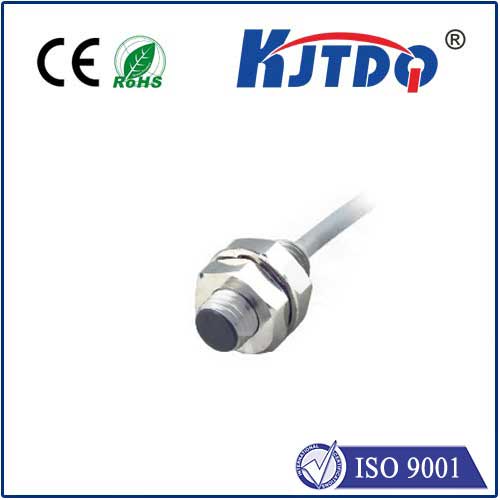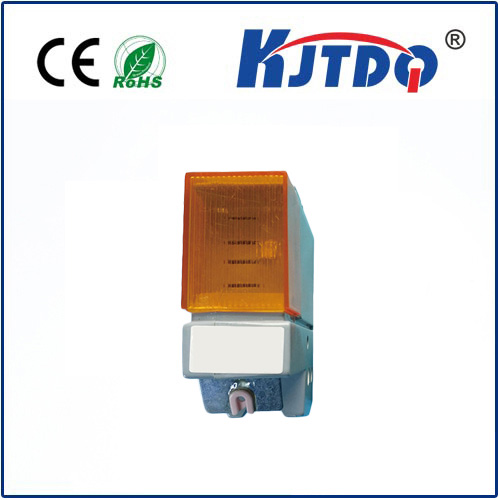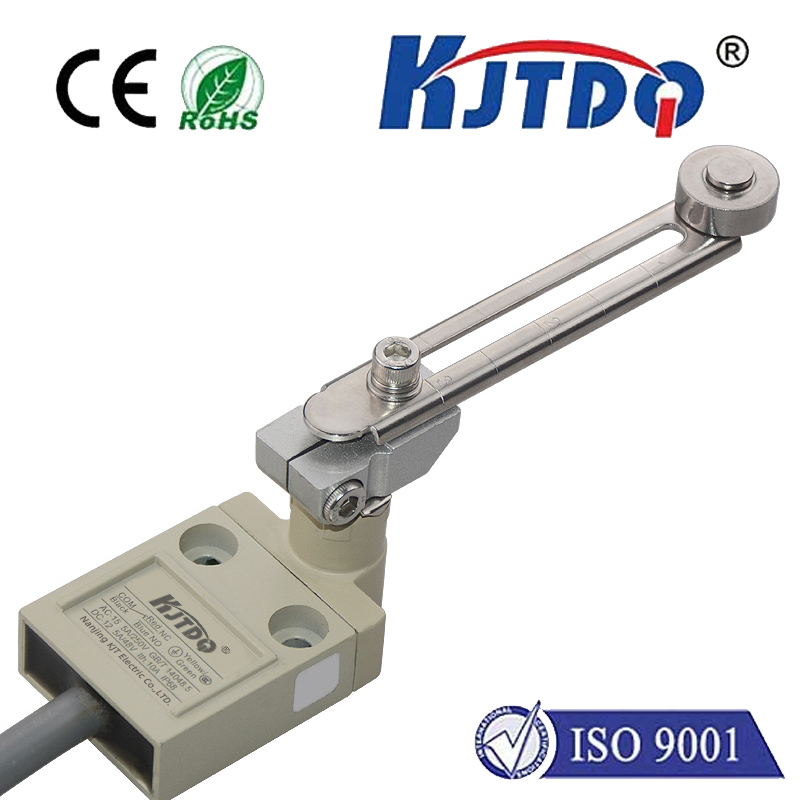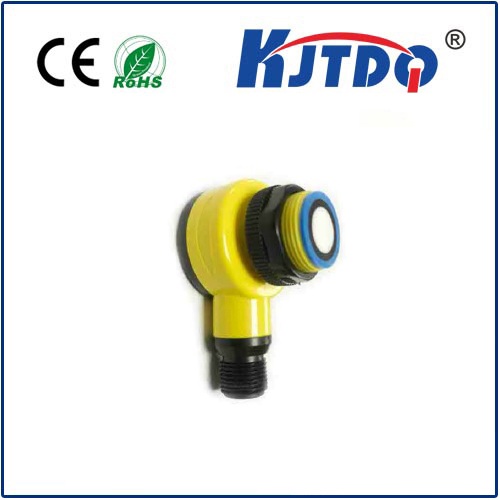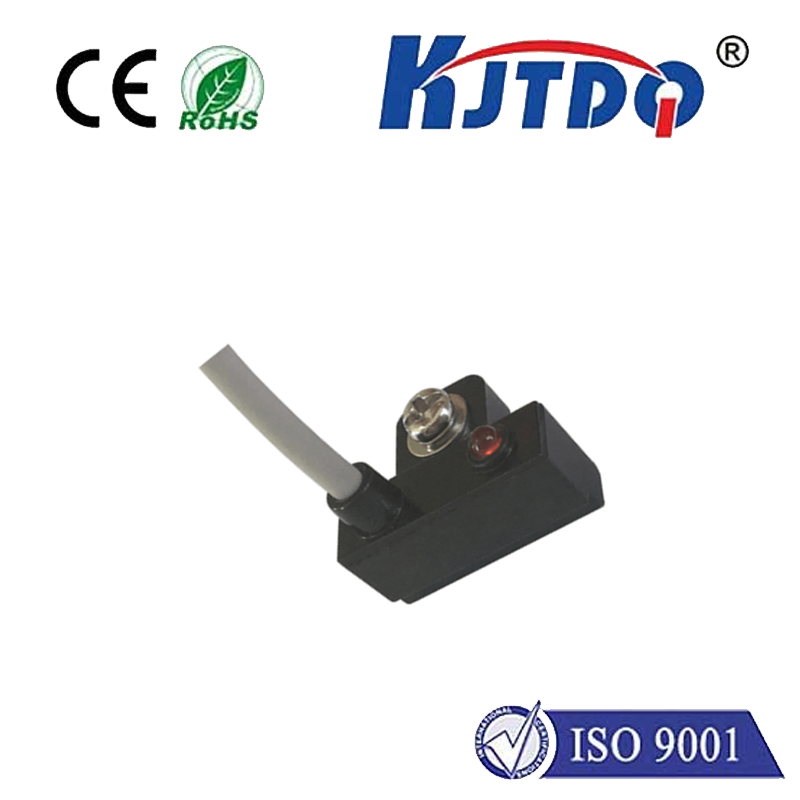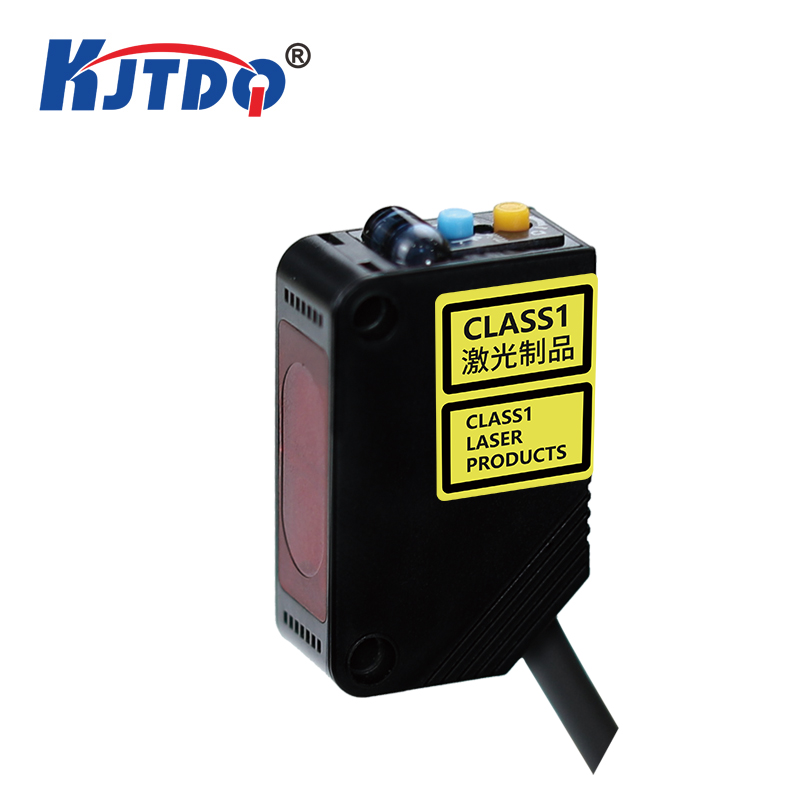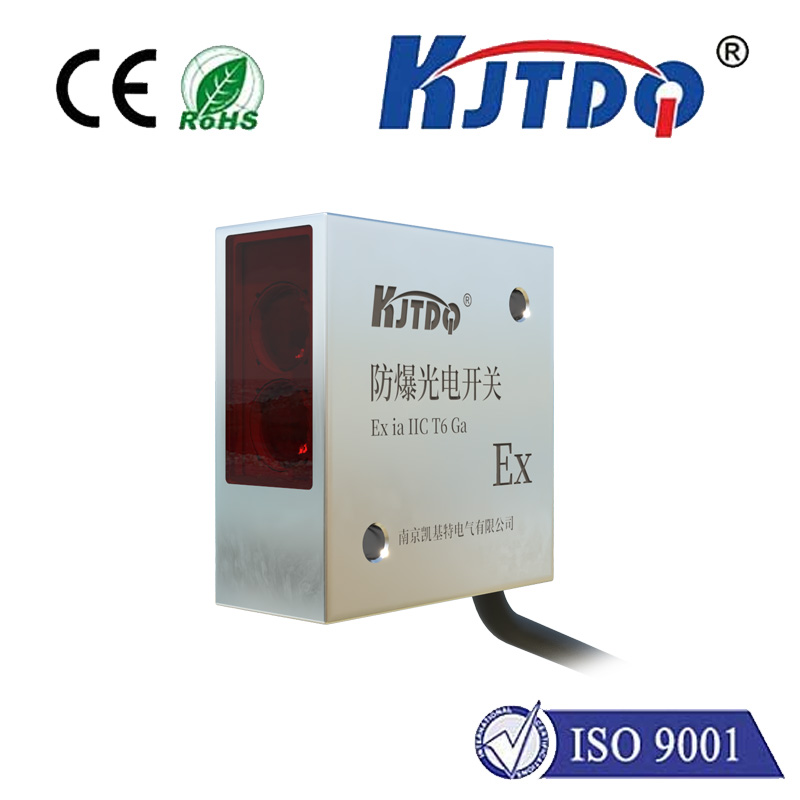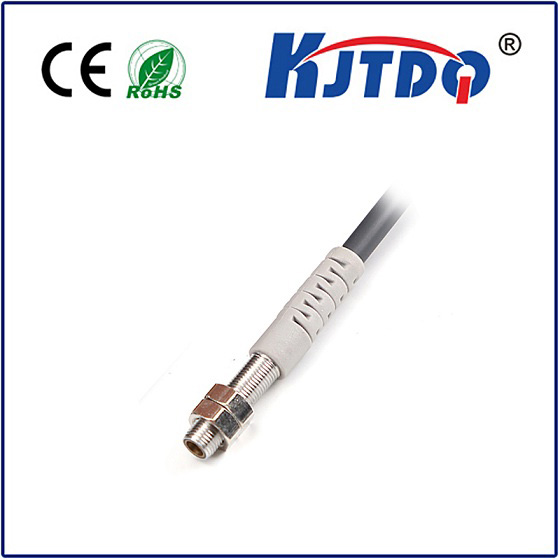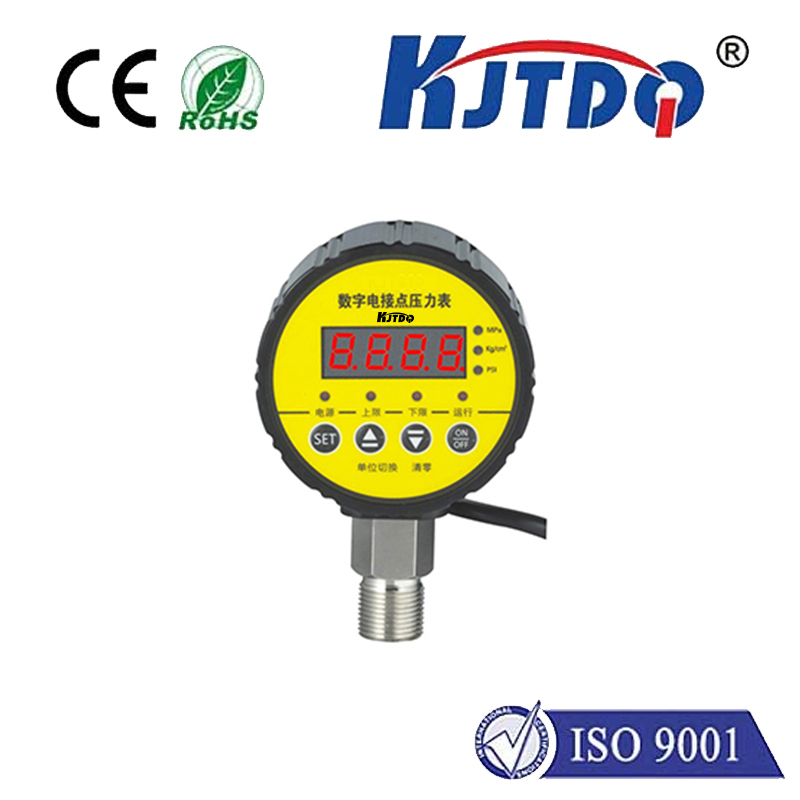
check

check

check

check

E3Z-T81A-M1J 03M Photoelectric Sensor: Revolutionizing Precision Detection In the realm of automation and precision engineering, the E3Z-T81A-M1J 0.3M photoelectric sensor stands as a testament to technological advancement and reliability. This article delves into the intricate details of this remarkable device, exploring its features, applications, and the impact it has on various industries. Unveiling the E3Z-T81A-M1J 0.3M Photoelectric Sensor The E3Z-T81A-M1J 0.3M photoelectric sensor is a cutting-edge detection solution designed to meet the stringent demands of modern industrial environments. With a detection range of up to 0.3 meters, this sensor offers unparalleled accuracy in identifying objects within its vicinity. Its compact design and robust construction make it suitable for integration into diverse systems, enhancing operational efficiency while minimizing downtime. Key Features That Set It Apart One of the standout features of the E3Z-T81A-M1J 0.3M sensor is its high sensitivity, which ensures reliable detection even in challenging lighting conditions or when dealing with reflective surfaces. The adjustable sensitivity settings provide users with flexibility, allowing them to calibrate the sensor according to their specific requirements. Moreover, the IP67 protection rating guarantees resistance against dust and water ingress, ensuring consistent performance across varying environmental conditions. Additionally, this photoelectric sensor boasts an impressive response time, enabling swift detection and reaction to moving objects. Its easy installation process, coupled with compatibility with a wide range of control systems, further adds to its appeal among engineers and technicians seeking streamlined solutions. Applications Across Industries The versatility of the E3Z-T81A-M1J 0.3M photoelectric sensor makes it a valuable asset in numerous industrial applications. In manufacturing, it excels at monitoring conveyor belts, detecting product presence or passage, and triggering automated machinery processes. Its precision is crucial in quality control lines, where accurate measurement and sorting are paramount. In packaging industries, this sensor aids in verifying label presence, ensuring correct alignment, and detecting any anomalies that could compromise product integrity. Its role extends to logistics and material handling systems, optimizing sorting operations and enhancing overall throughput efficiency. Beyond traditional manufacturing, the E3Z-T81A-M1J 0.3M finds applications in robotics, where precise object detection is vital for autonomous navigation and task execution. It also contributes to safety mechanisms in hazardous environments by providing early warning signals for potential collisions or unsafe conditions. Impacting Industry Standards The implementation of the E3Z-T81A-M1J 0.3M photoelectric sensor transcends mere technological upgrade; it signifies an evolution in how industries approach automation and precision. By integrating such advanced detection systems, businesses can significantly reduce errors, enhance productivity, and ultimately elevate product quality standards. This, in turn, fosters a culture of innovation where continuous improvement becomes a norm rather than an exception. Furthermore, the adoption of this photoelectric sensor aligns with broader sustainability goals. By reducing waste through more efficient production processes and minimizing human intervention in repetitive tasks, it contributes to a greener manufacturing footprint. This not only benefits the environment but also resonates with consumers increasingly conscious of corporate social responsibility. Conclusion: Paving the Way Forward In conclusion, the E3Z-T81A-M1J 0.3M photoelectric sensor encapsulates the essence of progress in industrial sensing technology. Its exceptional performance metrics, adaptability to diverse applications, and positive implications on industry practices underscore its significance. As we move towards an era defined by smart factories and interconnected systems, this sensor paves the way for enhanced operational excellence and sets new benchmarks for future innovations in the field of photoelectric sensing technologies.
